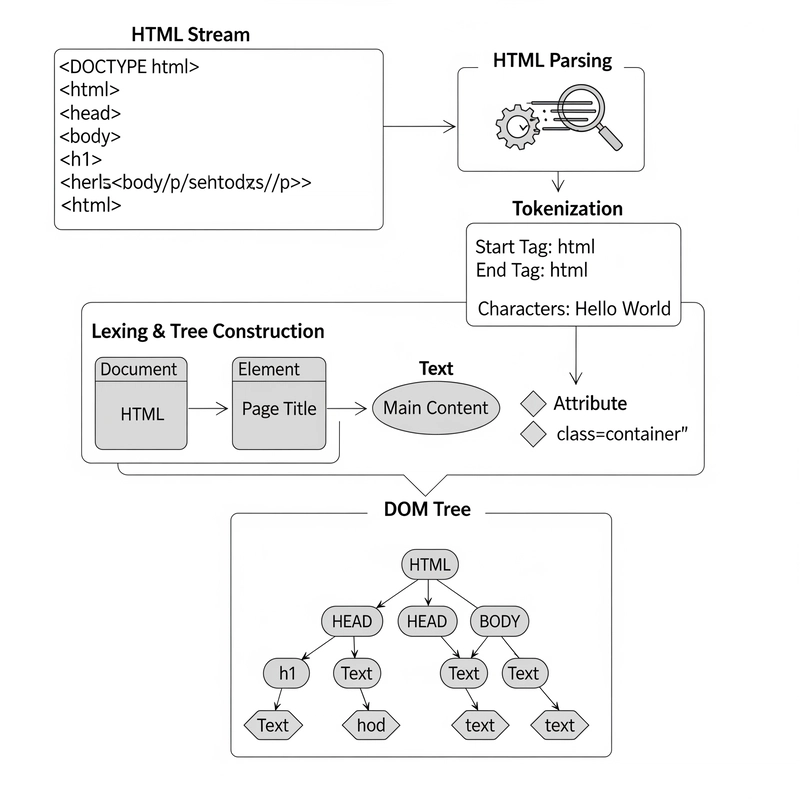Vue.js is one of the most popular front-end frameworks today, prized for its simplicity, reactivity, and component-based architecture. At the heart of Vue’s declarative style lie directives—special tokens in the markup that tell Vue how to reactively manipulate the DOM.
If you’re building Vue applications, understanding directives is essential for creating dynamic, responsive interfaces.
Enjoy!
🤔 What Are Vue Directives?
In Vue, a directive is a special attribute prefixed with v- that provides reactive behavior to DOM elements. Unlike plain HTML attributes, directives can react to changes in your application’s state and update the view automatically.
For example:
v-if="isVisible">Hello, Vue!Here, v-if is a directive that conditionally renders the paragraph element based on the value of isVisible.
🟢 Common Vue Directives
Vue provides a range of built-in directives for common tasks. Here are some of the most frequently used ones:
1. v-bind
The v-bind directive dynamically binds HTML attributes to data properties.
v-bind:src="imageUrl" alt="Vue logo">You can also use the shorthand ::
:src="imageUrl" alt="Vue logo">
2. v-model
v-model creates two-way data binding between form inputs and your component’s data.
v-model="username" placeholder="Enter your name">
Your name is: {{ username }}Changes in the input automatically update the username property, and vice versa.
3. v-if / v-else-if / v-else
These directives conditionally render elements based on expressions.
v-if="score >= 50">You passed!
v-else>You failed.
4. v-for
v-for is used for rendering lists:
v-for="item in items" :key="item.id">{{ item.name }}The :key helps Vue efficiently track list updates.
5. v-on
v-on attaches event listeners to elements. Its shorthand is @.
@click="incrementCounter">Click meThis binds the click event to the incrementCounter method.
6. v-show
v-show toggles the visibility of an element using the CSS display property rather than removing it from the DOM.
v-show="isVisible">This paragraph may hide, but it stays in the DOM.🧪 Custom Directives
Vue also allows developers to define custom directives for specialized behavior:
app.directive('focus', {
mounted(el) {
el.focus();
}
});Usage in a template:
v-focus placeholder="Auto-focused input">Custom directives are particularly useful for low-level DOM manipulations that are not component-specific.
👍 Best Practices
- Prefer built-in directives whenever possible—they’re optimized for Vue’s reactivity system.
- Use
v-iffor conditional rendering when performance matters; usev-showwhen toggling visibility frequently. - Always include a
keywithv-forto help Vue track list items efficiently. - Use custom directives sparingly to avoid overcomplicating component logic.
📖 Learn more
If you would like to learn more about Vue, Nuxt, JavaScript or other useful technologies, checkout VueSchool by clicking this link or by clicking the image below:
It covers most important concepts while building modern Vue or Nuxt applications that can help you in your daily work or side projects 😉
🧪 Advance skills
A certification boosts your skills, builds credibility, and opens doors to new opportunities. Whether you're advancing your career or switching paths, it's a smart step toward success.
Check out Certificates.dev by clicking this link or by clicking the image below:
Invest in yourself—get certified in Vue.js, JavaScript, Nuxt, Angular, React, and more!
✅ Summary
Directives are the glue that binds your Vue application’s data to the DOM. By mastering both built-in and custom directives, you can write cleaner, more reactive, and highly maintainable code. Whether you’re toggling elements, binding attributes, or handling user input, Vue directives make your templates expressive and dynamic.
Take care and see you next time!
And happy coding as always 🖥️


